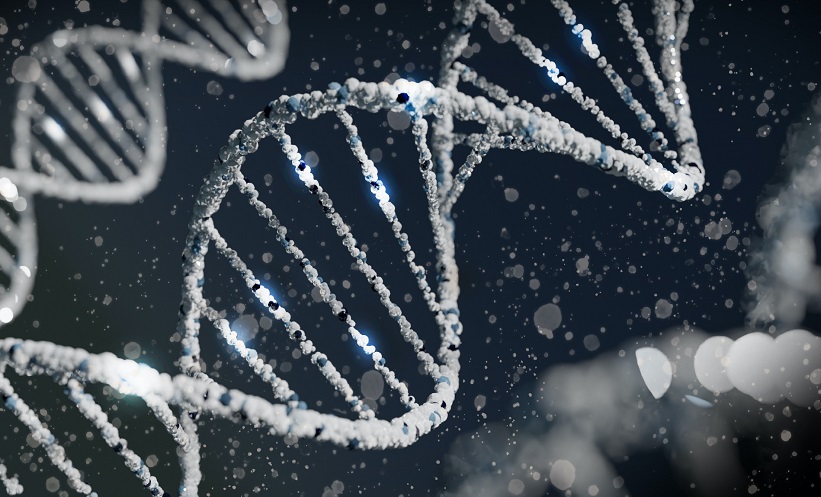IN THE midst of the COVID-19 pandemic, it is easy to forget that millions of people have been facing an epidemic of their own: HIV. With over 1.5 million new infections last year, the threat of HIV on human health is ever-present, and perhaps more urgent than ever. Experts from Northwestern Medicine, Chicago, Illinois, USA, have uncovered a novel technique using CRISPR-Cas9 gene-editing to reveal new HIV treatment pathways, which could lead to more effective and longer-lasting therapeutics.
This study focused on using a CRISPR gene-editing technique to detect genes present in human blood that play an important role in HIV infection. The scientists found 86 genes suspected to play a role in HIV replication, the key process that causes disease. Co-corresponding author Judd Hultquist, Associate Director, Center for Pathogen Genomics and Microbial Evolution, Northwestern University Feinberg School of Medicine, explained: “The existing drug treatments are one of our most important tools in fighting the HIV epidemic and have been amazingly effective at suppressing viral replication and spread.” Hultquist went on to explain that although effective, current treatments do not cure HIV, meaning that patients must have the funds to afford and follow precise treatment regimens. This study may uncover in-depth understanding of HIV replication, which might lead scientists closer to discovering a cure.
Scientists at Northwestern Medicine moved away from the traditional use of immortalised cancer cells as models, instead using CRISPR gene-editing in isolated T cells from human blood, for a more accurate representation of HIV targeting and replication. Following infection with HIV, the cells that experienced ‘knock out’ of a gene involved in viral replication saw a decrease in infection, and cells that had their antiviral factor removed saw increased infection. Overall, the experts involved in the study validated these factors through new donor knock outs, finding a ‘perfect split’ of newly discovered and known pathways.
The next steps following this study will see further advancement of this technology, allowing identification of all HIV host factors, with the hope of bringing scientists one step closer to curative therapies. Hultquist concluded: “The exciting part is that over half – 46 – of these genes had never before been looked at in the context of HIV infection, so they represent new potential therapeutic avenues to look into.”








